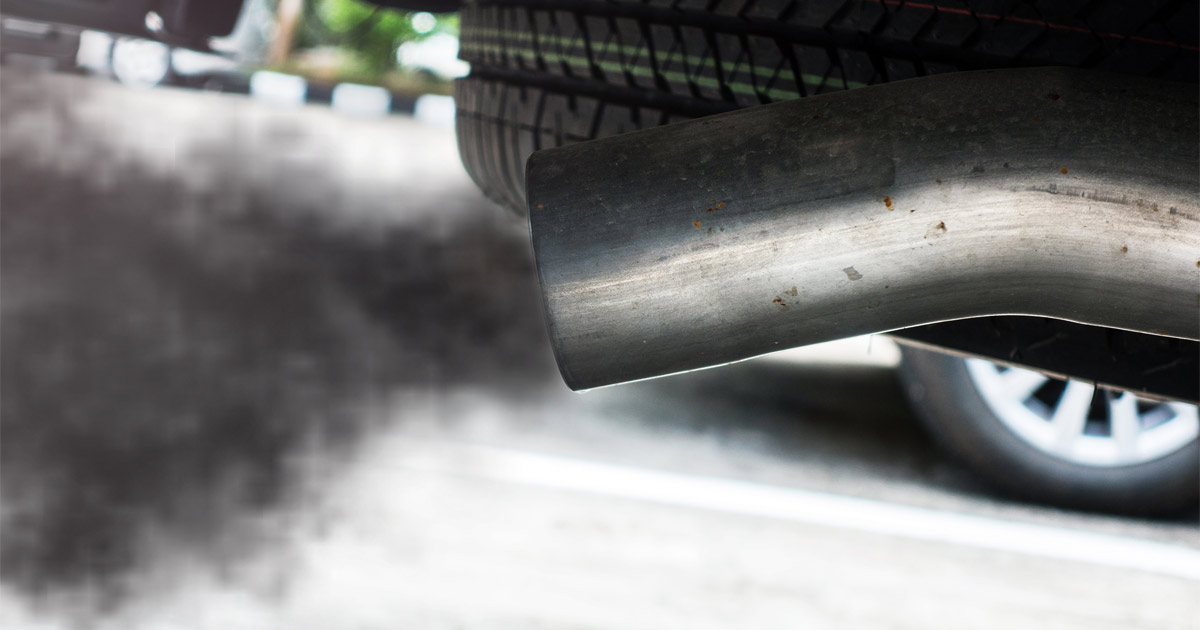How Can I Reduce Toxic Pollutants Inside My Vehicle?
February 17, 2020
We all know that cars, trucks, and other vehicles emit a significant amount of pollutants, including carbon dioxide and nitrogen oxide into the air. However, what many people may not realize is that dangerous levels of these pollutants lurk inside our vehicles as we drive. This can have a serious impact on the health of the vehicle occupants and increase the risk of being involved in a car accident, particularly for those who spend a great deal of time in their cars. Fortunately, there are steps you can take to improve the air quality inside your vehicle and protect your respiratory health.
Researchers from the University of California (UC) Riverside studied air pollutants that exist inside the cabin of vehicles, including large particles like pollen and dust, as well as smaller, submicrometer particles like carbon dioxide that is exhaled by the passengers inside the vehicle, as well as nitrogen oxide, which comes from vehicle emissions. When these toxic gases are inhaled by the passengers, they can cause drowsiness, impaired decision-making and other health concerns. These toxic pollutants can affect the driver’s ability to safely operate the vehicle. Drivers who have particularly long commutes that involve a significant amount of stop-and-go traffic are at an increased risk of developing respiratory health problems.
Improving the Air Quality Inside Your Vehicle and Reducing Toxic Pollutants
Depending on your vehicle’s setting and several outside air factors, it can take anywhere from a minute to an hour for the inside of your vehicle to be ventilated to a point where the air is safe. The UC researchers worked with Emissions Analytics to develop a standard test method for identifying specific air pollutants which can be toxic. Once these toxins are identified, motorists can take the right steps to prevent them from building up inside the car, including the following:
- Close the windows and select the recirculation setting on the vehicle’s ventilation system. Recirculation, combined with a low fan, is effective at removing most nanoparticles that can penetrate the lungs. This can result in an increased level of carbon dioxide in the cab, and few of today’s vehicles offer technology that can reduce carbon dioxide levels.
- By angling the recirculation flaps in a certain direction, it controls the extent of exchange between recirculated air and fresh air. This can reduce the amount of carbon dioxide exposure and control the amount of particulate matter inside the vehicle. This is not yet available in today’s vehicles.
- Drivers can also adjust their speed, limit the number of passengers in the vehicle at one time, close or open the windows based on the type of pollutants present, and adjust the ventilation fan to a higher speed.
When the air quality inside a motor vehicle is compromised by pollutants, including large particles and submicrometer particles, some of which can be toxic, it can have a negative impact on a driver’s ability to safely operate the vehicle. In fact, it can cause symptoms that are similar to drunk and drowsy driving.
Baltimore Car Wreck Lawyers at LeViness, Tolzman & Hamilton Represent All Types of Car Accident Victims
If you were injured in a car accident, contact the Baltimore car wreck lawyers at LeViness, Tolzman & Hamilton at your earliest convenience. Vehicles that have poor ventilation systems can cause serious health issues and increase the risk of car accidents. Our skilled legal team will protect your rights and obtain the maximum financial compensation you deserve. To schedule a free consultation, call us today at 800-547-4LAW (4529) or contact us online.
Our offices are located in Baltimore, Columbia, Glen Burnie, and Prince George’s County, allowing us to represent accident victims in Maryland, including those in Anne Arundel County, Baltimore County, Carroll County, Harford County, Howard County, Montgomery County, Maryland’s Western Counties, Prince George’s County, Queen Anne’s County, Southern Maryland, and the Eastern Shore, as well as the communities of Catonsville, Essex, Halethorpe, Middle River, Rosedale, Gwynn Oak, Brooklandville, Dundalk, Pikesville, Nottingham, Windsor Mill, Lutherville, Timonium, Sparrows Point, Ridgewood, and Elkridge.

